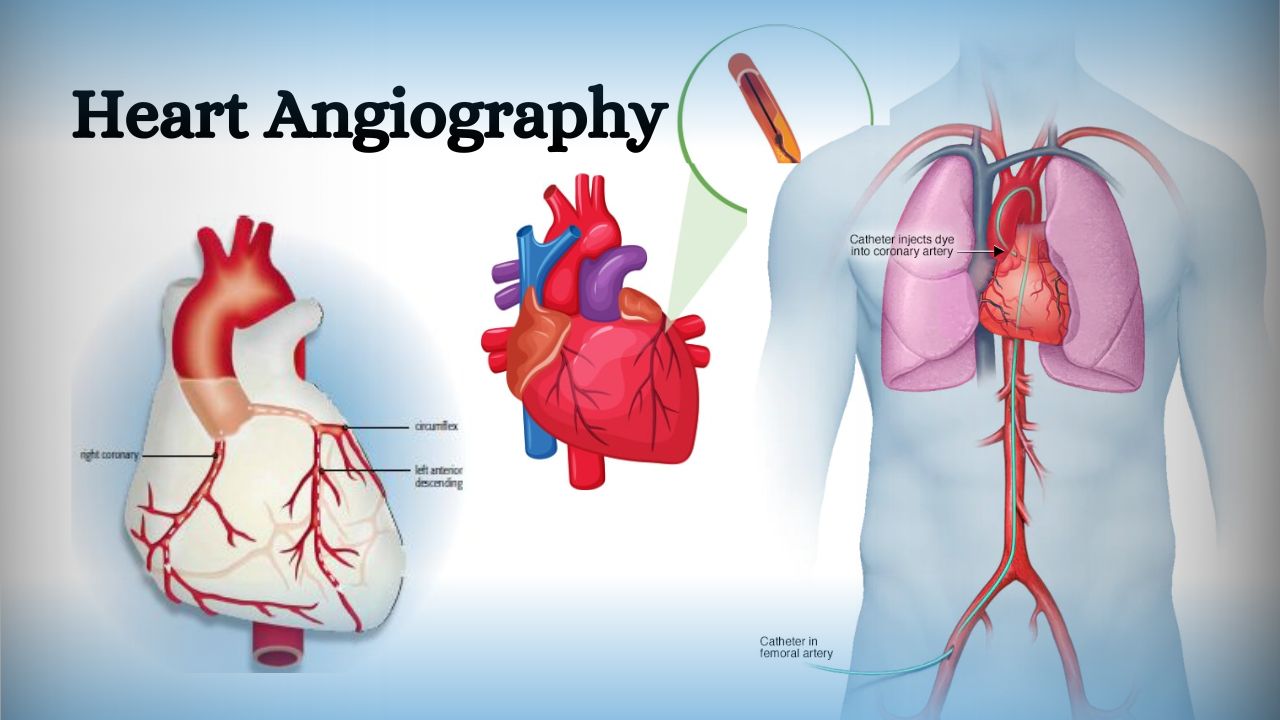
Dec 11, 2023
Welcome to the realm of cardiac health, where medical technology advancements continue to revolutionise how we diagnose and treat heart-related issues. In this blog post, we’ll delve into the intricacies of Heart Angiography, shedding light on what it is, what happens during the procedure, and why it’s a crucial tool for cardiologists. Whether you’re seeking information for personal knowledge or have a loved one undergoing this procedure, this guide aims to clarify the subject.
What is Heart Angiography?
Heart angiography, also known as coronary angiography or cardiac catheterization, is a diagnostic procedure that allows healthcare professionals to visualise the blood vessels (coronary arteries) supplying the heart muscle. These arteries can become narrowed or blocked due to conditions like coronary artery disease (CAD), leading to reduced blood flow and potentially causing chest pain, heart attacks, or other cardiovascular complications.
The procedure involves using a special dye (contrast material) and X-rays to create detailed images of the coronary arteries. Before the angiography, a catheter (thin, flexible tube) is threaded through blood vessels from the groyne or wrist to the coronary arteries. Once in place, the contrast material is injected, making the streets visible on X-ray images.
What Happens in Heart Angiography?
Preparation: This may include fasting for a few hours, discontinuing certain medications, and informing the medical team about allergies or pre-existing conditions.
Arrival at the Hospital: On the day of the angiography, you’ll check in at the Multispeciality Hospital. The medical staff will guide you through the necessary paperwork and ensure you are comfortable and informed about the procedure.
Insertion of the Catheter: The actual angiography begins with the insertion of a catheter into a blood vessel, usually in the groyne or wrist. Local anaesthesia is administered to minimise discomfort during this process.
Guiding the Catheter: Using fluoroscopy (a real-time X-ray), the cardiologist guides the catheter through the blood vessels until it reaches the coronary arteries. It’s a meticulous process, and you might feel a slight pressure as the catheter moves.
Contrast Injection: This dye highlights the coronary arteries on X-ray images, providing a clear view of blockages or abnormalities.
X-ray Imaging: Multiple X-ray images are taken from different angles to capture a comprehensive view of the coronary arteries. During this time, you may be asked to hold your breath briefly.
Post-Procedure Care: After the angiography, the catheter is removed, and pressure is applied to the insertion site to prevent bleeding. You’ll be closely monitored for a few hours before being allowed to go home.
Minimally Invasive: Despite being a detailed diagnostic procedure, heart angiography is minimally invasive. It offers a valuable means of assessing the condition of the coronary arteries without the need for open surgery.
Risk Factors: While complications are rare, it’s essential to be aware of potential risks such as bleeding, infection, or an allergic reaction to the contrast material.
Benefits of Early Detection: Early detection of coronary artery disease through angiography allows timely intervention, whether through medication, lifestyle changes, or more invasive procedures like angioplasty or coronary artery bypass surgery.
Conclusion:
In the world of cardiac health, knowledge is a powerful ally. Understanding the intricacies of heart angiography empowers individuals to make informed decisions about their health or the health of their loved ones. If you need cardiac care, consider seeking assistance from reputable facilities like a Heart Hospital in Jaipur, known for its skilled cardiologists and state-of-the-art diagnostic and treatment options.
Remember, your heart is in good hands when you prioritise regular check-ups and collaborate with healthcare professionals Specialising in Cardiology. Stay heart-healthy and take proactive steps towards a life of vitality and well-being.